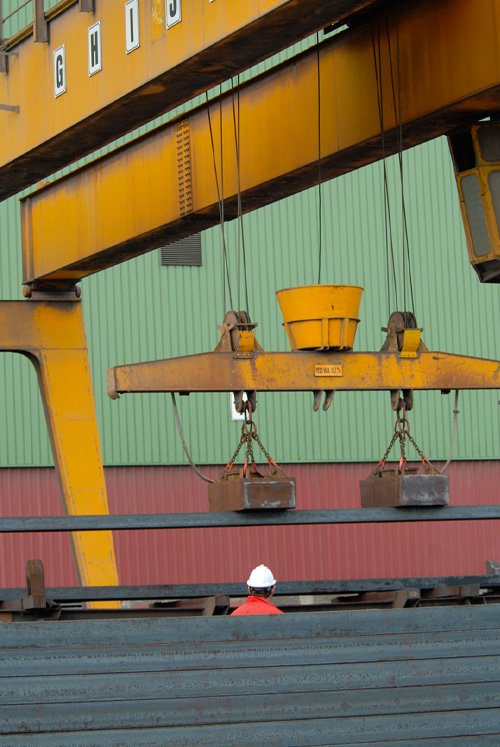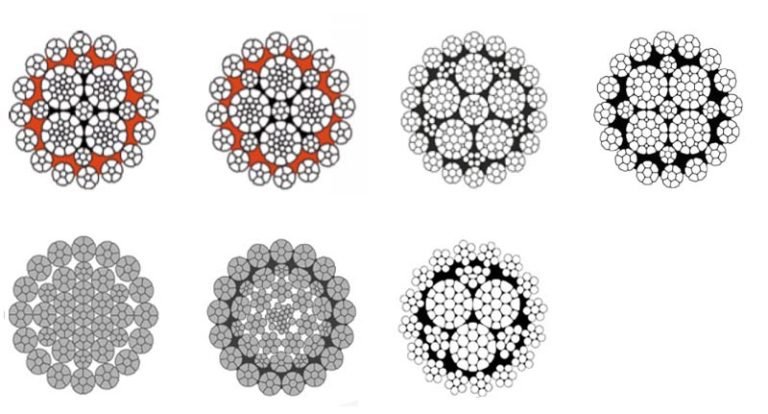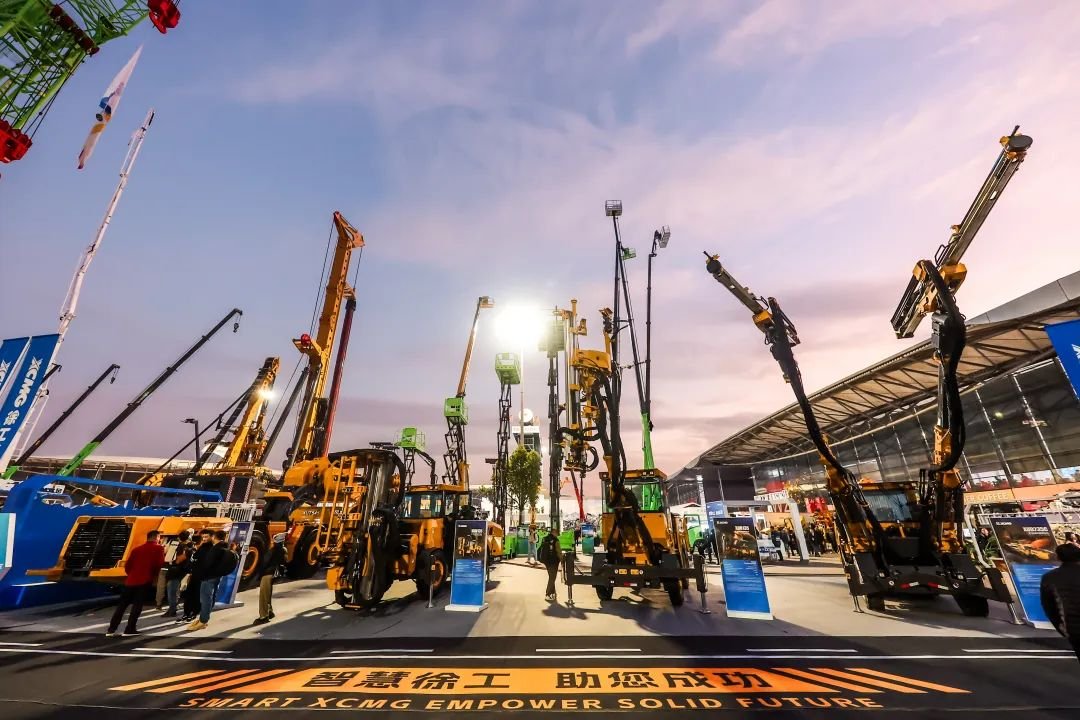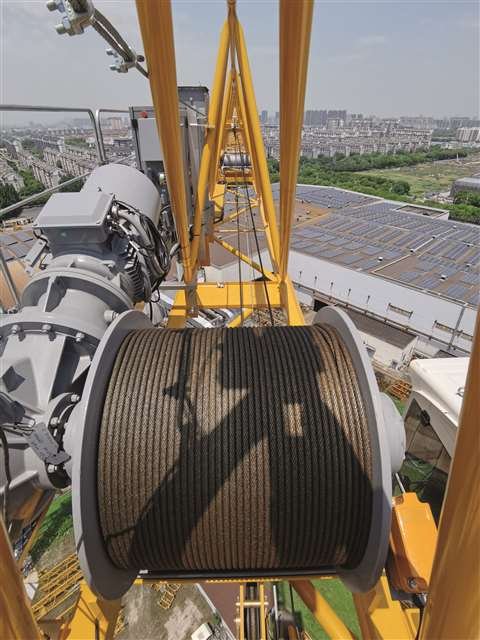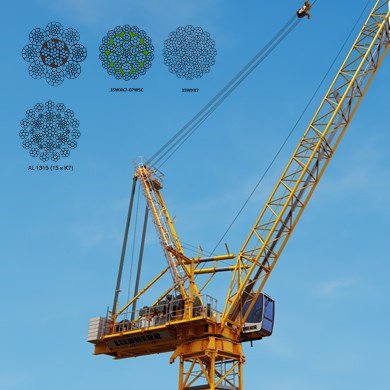Safety depends on accurate tensile strength. One mistake can lead to serious failure or financial loss.
You can calculate tensile strength by dividing the breaking load by the nominal cross-sectional area. Use EN12385-4 and certifications like BV or ABS to support accuracy.
I’ve worked with countless clients who underestimated how critical this calculation is. Let me take you through how the process really works.
What Factors Impact Calculation Accuracy?
Several key elements must be considered to avoid false results. These are often ignored but can dramatically change performance.
Material grade, rope diameter, construction type, and lubrication all affect tensile strength. Testing with proper equipment guarantees accuracy.
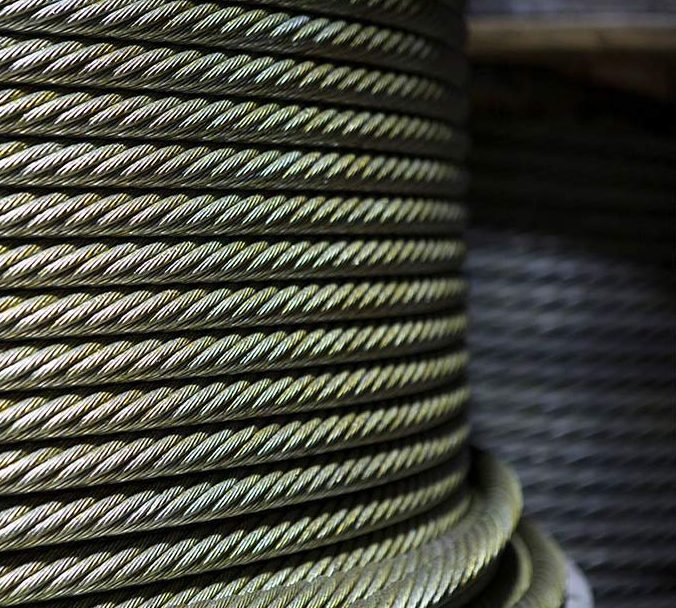
Dive Deeper: Key Variables Table
| Factor | Influence | Testing Method | Related Standard |
|---|---|---|---|
| Rope Diameter | ±2% can change strength by 8% | Laser Micrometer | ISO 2408 |
| Wire Lubrication | Reduces friction up to 40% | Coating Weight Test | DIN 15020 |
| Strand Alignment | Misalignment lowers strength by ~12% | X-ray Imaging | ASTM A931 |
Even a small error in measurement can change the final value. That’s why factory conditions and skilled technicians matter.
Which Certifications Validate Your Calculations?
Certain projects, like marine or mining, won’t go ahead without certificates. These act as approval checks for your tensile tests.
Certifications like CE, ABS, RMRS, and DNV confirm that tensile results meet global standards demanded by buyers and regulators.
Dive Deeper: Certification Comparison
| Certificate | Organization | Known For | Market | Duration | Testing Covers |
|---|---|---|---|---|---|
| CE | European Commission | EU safety compliance | EU, Singapore | 5 years | EN12385-4 rope specs |
| ABS | American Bureau | Offshore & cranes | US, Canada | 3 years | Breaking load analysis |
| DNV | Det Norske Veritas | Energy sector ropes | UAE, Indonesia | 2 years | Tensile failure margin |
| RMRS | Russia Marine | Fishing, marine use | Russia, CIS | 2 years | Corrosion testing |
Always ask for test reports and certificates. My own clients usually request this before signing a deal, especially for urgent jobs.
What Mistakes Commonly Lead to Wrong Calculations?
Even experienced buyers can fall into traps if procedures or equipment are outdated or poorly maintained.
Using cut rope samples, ignoring ambient temperature, or applying loads too quickly leads to inaccurate results and rejected shipments.
Dive Deeper: Most Common Errors
| Mistake | Effect on Strength | How to Avoid |
|---|---|---|
| Improper Sampling Method | 15% variation in results | Use uncut, full-length rope |
| Wrong Load Application | Delayed fracture point | Apply load gradually |
| Low-Grade Test Machines | ±5% error margin | Calibrate monthly |
| Ignoring Temperature Effects | 10% loss in winter use | Test at 20±3°C |
In my factory, we make sure our tension equipment gets recalibrated every quarter—this sort of diligence leads to consistent exports, even from China to Saudi Arabia.
How Do I Know If a Rope Has Been Properly Tested?
There are signs that show whether a steel wire rope has gone through proper evaluation long before it’s on-site.
Look for certifications, inspection tags, batch numbers, and testing reports. These usually follow the rope wherever it goes.
Dive Deeper: What to Check Before Shipping?
- Inspection tag: Lists batch number, production date, and testing facility
- Certificate of Compliance (CoC): Proves it meets EN12385-4
- Test Report: Should include detailed load vs deformation curve
Some clients ask for video proof of tensile testing before production starts. We welcome that—it builds confidence and shortens negotiation time.
Conclusion
Tensile strength is not just a number. It’s a measure of trust and risk control. Get it right every time, and your clients will come back.

